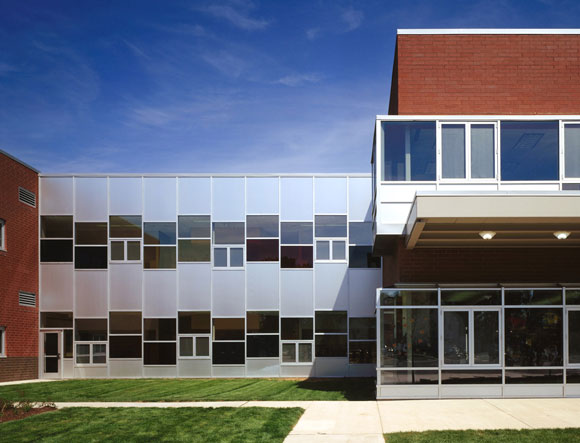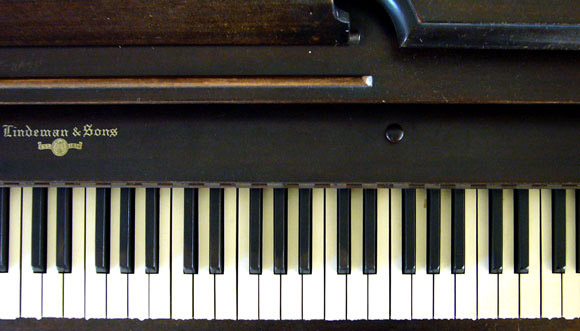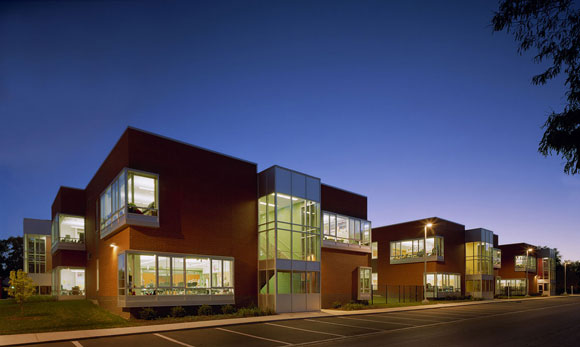WHO WILL BE MY CLIENT?
Arena for 2000 Olympics, Sydney, Australia, by Anthony Poon (w/ NBBJ)
In architecture school, our professors provided us with projects to design. Example: For this semester, design a sports arena in San Francisco, overlooking the Pacific Ocean.
But here is the thing: How does an architect land such a project after graduation? This is a challenging question to ponder after you leave the comforts of school, after you have made the premature decision to start your own architecture company from your apartment. And you realize that you have no clients. Not a sports arena. Not even a bathroom addition. None at all.
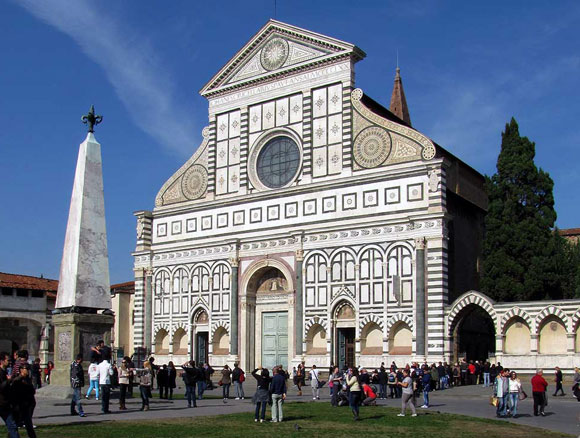
Everyone sees homes, theaters, parks and shopping centers within our communities, but how does an architect get hired to design them?
Many architects would kill for a system I call the Medici Effect. Within such a circumstance, an architect can sustain a career through the loyal patronage of a single client—be it an individual, a retail chain, or a university. This Medici Effect is a client-architect relationship where decade after decade, the faithful client provides the architect with projects.
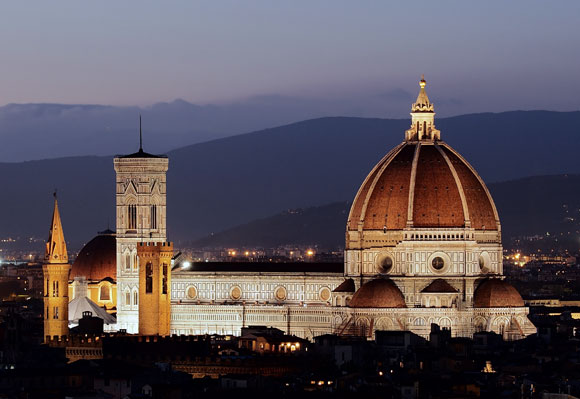
From the 15th to the 18th century, the Medici family reigned supreme in Florence. As wool merchants initially, then formidable bankers later, this family commissioned Renaissance painters, sculptors and writers. And yes, architects too.
Alongside hiring painters Michelangelo, Raphael and Rubens, and the scientist Galileo, the Medici’s supported architects most of all: Alberti, Vasari, Buontalenti and Bartolomeo, just to name a few. As one of the most powerful clans throughout Europe, the Medici family bankrolled the entire career of any architect of their choosing, as well as completing building upon building—from palaces to churches, from museums to hospitals.
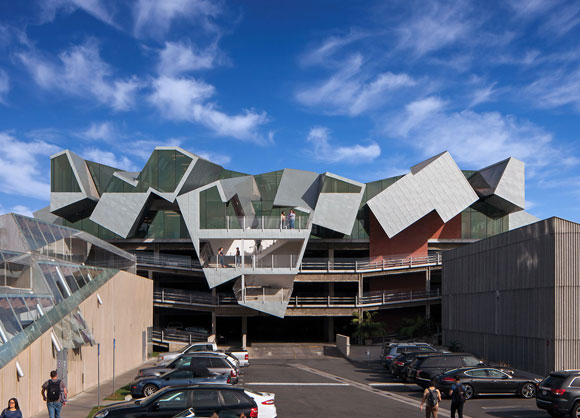
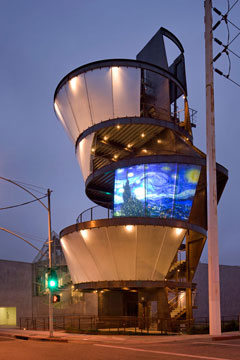
Though a wonderful tale from hundreds of years ago, this Medici Effect does continue today. A contemporary example can be found in Culver City, where a husband/wife, client/developer team of Frederick and Laurie Samitaur Smith has sustained a 30-year patronage of Eric Owen Moss Architects. Project after project, the Smiths have produced a city-scale portfolio of buildings through the talents of this single architect
During fortunate periods of my career, my Medici’s have appeared in the form of developers, retiring architects, friends, and even a public school district. What I have learned so far, if I have learned anything at all, is that an architect should base a career on relationships not contracts. If an architect’s entire career revolves around one hundred projects, it is better to find ten patrons that might each give you ten commissions vs. finding one hundred individual clients.
It should be taught in architecture schools, and it should be a directive at the workplace: Build relationships and attract clients. At many law firms, entry-level attorneys, even paralegals, are requested to bring in clients.
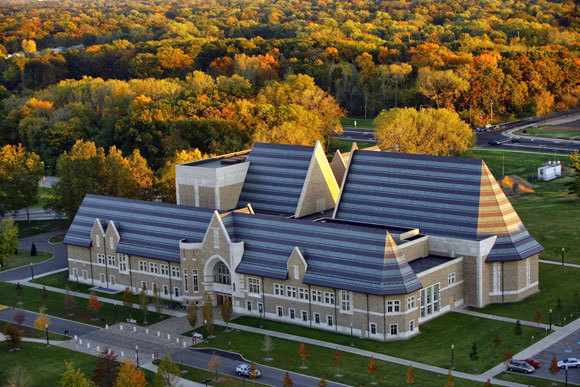
Architecture is not just about earth shattering design, but about marketing, business development and public relations. If you are simple minded, call it “schmoozing.” If you are intelligent, call it good business. And, if you are human, call it survival.



